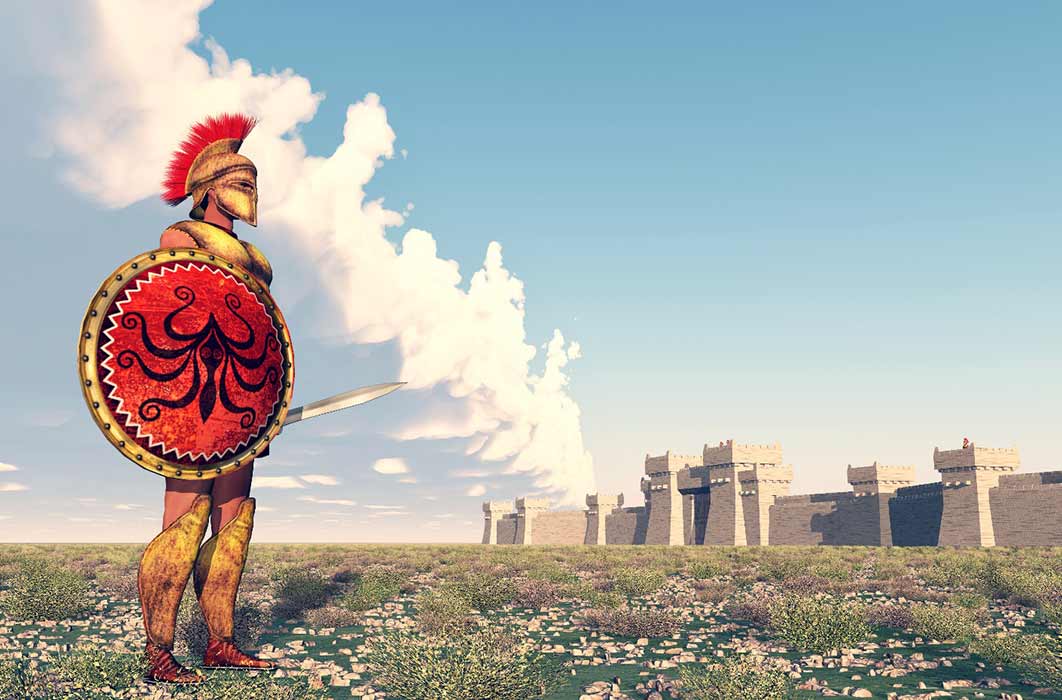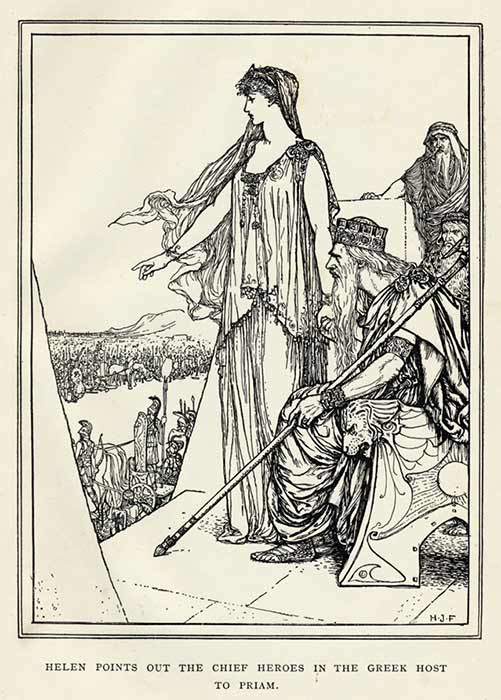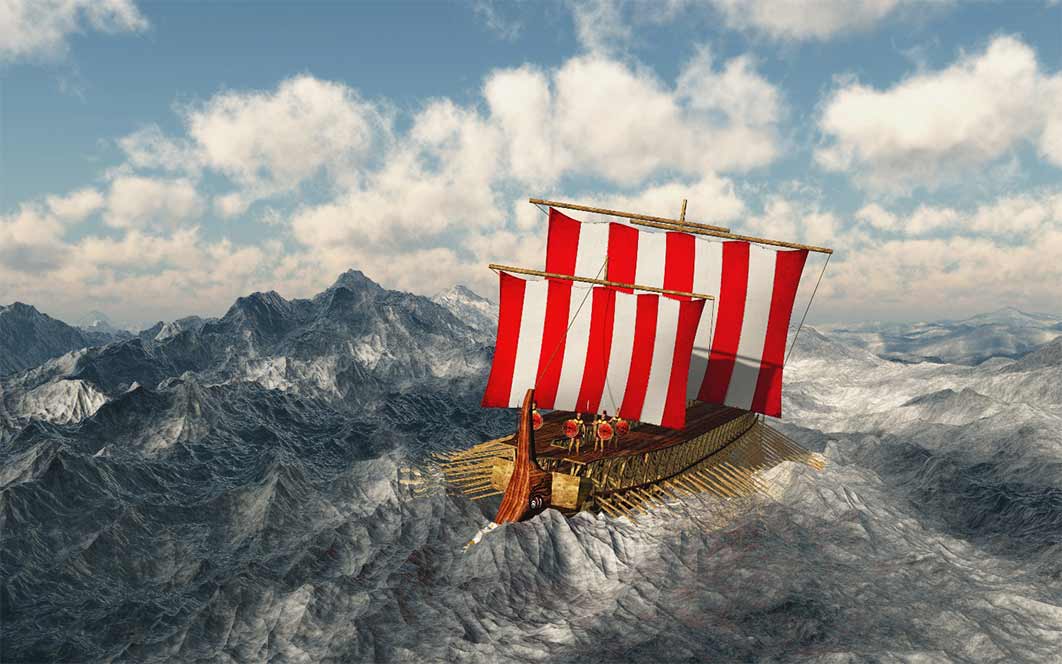
Gods Throwing Dice: Cleromancy In The Trojan War
Rage—Goddess, sing the rage of Peleus' son Achilles,
murderous, doomed, that cost the Achaeans countless losses,
hurling down to the House of Death so many sturdy souls,
great fighters' souls, but made their bodies carrion,
feasts for the dogs and birds,
and the will of Zeus was moving toward its end.
Any movie or television series about the Bronze Age Trojan War conjures up battle scenes of thousands of Achaean and Trojan hoplites squaring up and facing each other on the Troad plains outside the famed walls of the city of Troy, or Wilusa as it was known to the Hittites. On the Dardanelles Strait the Achaeans had beached their ‘thousand ships’ and set up their camps to accommodate their army. The army must have been massive, supported by quartermasters dispensing logistical supplies, camp followers, chariot builders, squires, horse handlers, blacksmiths, doctors and a host of auxiliary services. The opening lines of Homer’s Iliad speak of countless losses, great fighters’ souls made carrion for the dogs. Taking into account that according to Homer, this war waged for ten years, surely the wounded, aged, crippled and dead had to be replaced by new recruits.

Iliad, Book VIII, lines 245–53, Greek manuscript, late fifth, early sixth centuries AD. (Public Domain)
Size Of The Achaean Army
According to Homer’s Catalogue of Ships in Book 2 of the Iliad the contingents of the Achaean fleet that had left the shores of Aulis to sail to Troy consisted of the following: The Mycenaeans, under command of Agamemnon, king of Mycenae and wanax of the Achaeans had 100 ships, followed by the 90 ships of the Messenians led by the veteran king Nestor. The Argives led by Diomedes as well as the Cretans led by Idomeneus, had 80 ships each. In the mid-range, the Lacedaemonians (Sparta) led by Menelaus brother of Agamemnon and husband of Helen, and the Arcadians led by Agapenorthe had 60 ships each; while the Boeotians, led by Thersander, the Athenians led by Menestheus and Achilles’ combined force of Pelasgians, Myrmidons, Hellenes and Achaeans, all added 50 ships each to the tally.

Helen points out heroes on the battlefield to King Priam from the walls of Troy (Archivist / Adobe Stock)
The following kingdoms each contributed 40 ships: the Phocēans led by Schedius, the Locrians led by Ajax the Lesser, the Abantes of Euboea led by Elephenor, the Epeans of Elis led by Amphimachus, the Men of Dulichium led by Meges, the Aetolians led by Thoas, the Lapiths led by Polypoetes, the Magnetes led by Prothoüs and the forces of Protesilaus and Eurypylus respectively. The Minyans led by Ascalaphus, as well as a force led by Pheidippus and an army led by Podalirius and Machaon, the two sons of Asclepius, had 30 ships each, while the Enienes and Peraebi led by Guneus contributed 22 ships. The Salamineans led by Telamonian Ajax and the Cephallenians led by King Odysseus of Ithica each had 12 ships, Eumelus enlisted 11 ships, the Rhodians led by Tlepolemus had nine ships, Philoctetes brough seven and the Symians led by Nireus brought three ships.

Homer’s Catalogue of Ships (Michael Rosskothen/ Adobe Stock)




